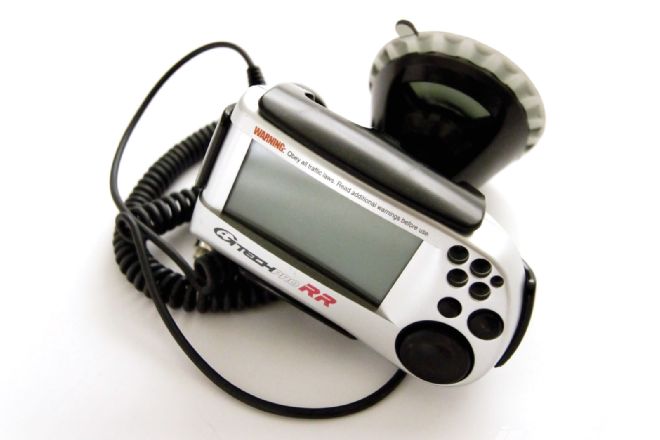Is it just us, or does it seem like every cool product has 10 critics for every one supporter? Whether it works or doesn't usually makes no difference-if people can't understand it's mechanics, they're generally slow to accept its claims. And that's understandable, given the amount of B.S. that's out there, hiding behind bogus claims and unintelligible mechanics (many of which have graced these very pages). This month, we test one of the coolest gadgets the automotive performance market has seen, and coincidentally, one of the most misunderstood.
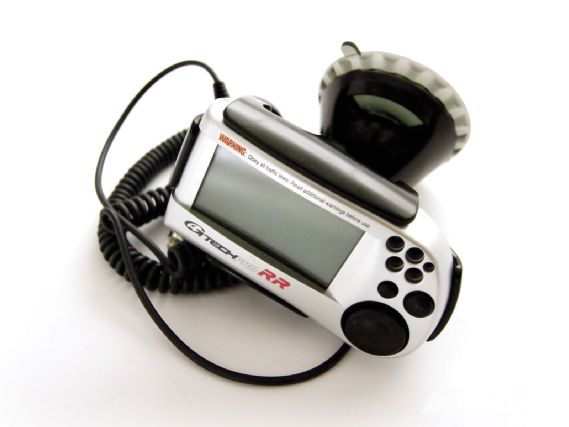 |
Tesla Electronics Power Meter - Fact Or Fiction
|
Tesla Electronics Power Meter - Fact Or Fiction
Does The G Tech Actually Work?
When Tesla Electronics' G Tech Power Meter first hit shelves years ago, car guys didn't know what to make of it; a $200 suction-cup-mounted device the size of a radar detector that plugs into a car's cigarette lighter and purports to accurately measure its horsepower, torque, 0-60 acceleration, quarter-mile E.T.s, trap speeds (and later, braking times, lateral G-force and racetrack mapping)? Come on. But then the reviews started pouring in; some good, some not so much, and a whole lot of assumption seems to have kept the device from gaining gearheads' complete trust, which is why we put G Tech's Pro RR Power Meter to the test this month.
Testing all of the G Tech's features could warrant an entire two-part tech series. Limited to one page, we elected to test its most popular features: calculating horsepower and torque, and acceleration times. To do this, we gathered up the usual suspects: our Project Miata, a block of dyno rental time at Westminster, CA's MD Automotive, and the eighth-mile dragstrip at Toyota Speedway in Irwindale, CA.
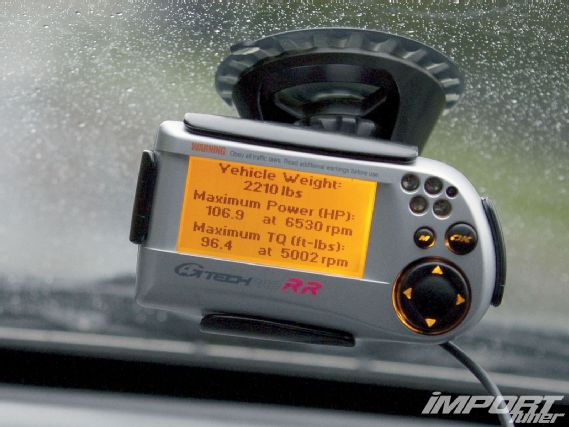 |
Tesla Electronics Power Meter - Fact Or Fiction
|
Tesla Electronics Power Meter - Fact Or Fiction
The G Tech uses three-axis accelerometers to detect changes in G load, and when plotted over time and vehicle engine speed (detected via its cigarette lighter hook-up), can accurately infer distance traveled and plot power/torque curves. Setup consists of securing the device to your car's windshield, inputting vehicle weight, calibrating rpm at two stages, selecting a staging option (shallow or deep), and "rolling out" along your level driving surface of choice to tare G-load. We did all those at the track, ran two one-eighth-mile passes, and compared our G-Tech's measurements with actual numbers clocked by the track:
Toyota Dragstrip
At Irwindale
Thursday Night
Test N Tune (4pm-9pm)
www.irwindaledragstrip.com
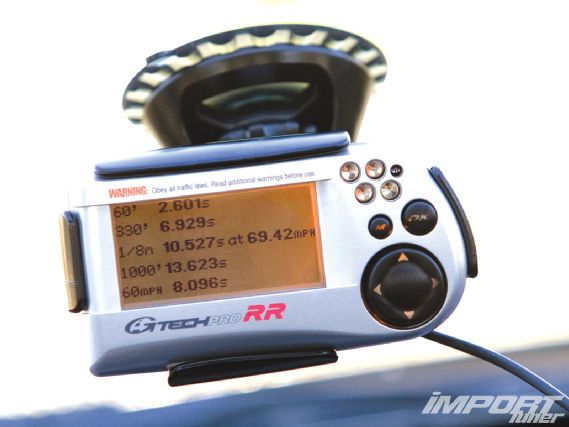 |
Tesla Electronics Power Meter - Fact Or Fiction
'93 Mazda Miata
R/T
--
60'
2.594
330
6.876
1/8
10.427
MPH
69.45
|
Tesla Electronics Power Meter - Fact Or Fiction
'93 Mazda Miata
R/T
--
60'
2.594
330
6.876
1/8
10.427
MPH
69.45
The Verdict:
The G Tech's power and torque figures were near spot-on with those metered by the Dynojet, but quarter-mile E.T.s, speed and acceleration-while still being within advertised tolerances-weren't as close. little further off than we expected. "After the G Tech is tared for the driving surface, it cannot be moved prior to testing," states G Tech designer Jovo Majstorovic. "Some of the older units' mounts weren't as sturdy as the newer ones, and might slip after a long session of testing, skewing results slightly." For best results, lock that bad boy down before you start.
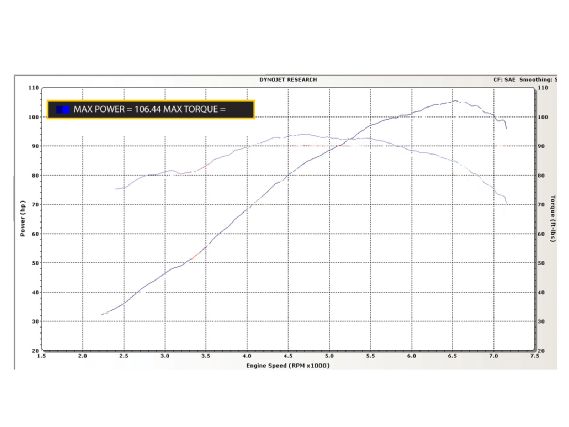 |
Tesla Electronics Power Meter - Fact Or Fiction
|
Tesla Electronics Power Meter - Fact Or Fiction
The G Tech calculated our Miata's horsepower and torque curves while inferring acceleration data. to test its accuracy in this task, we compared its results with those given by MD's calibrated Dynojet.

